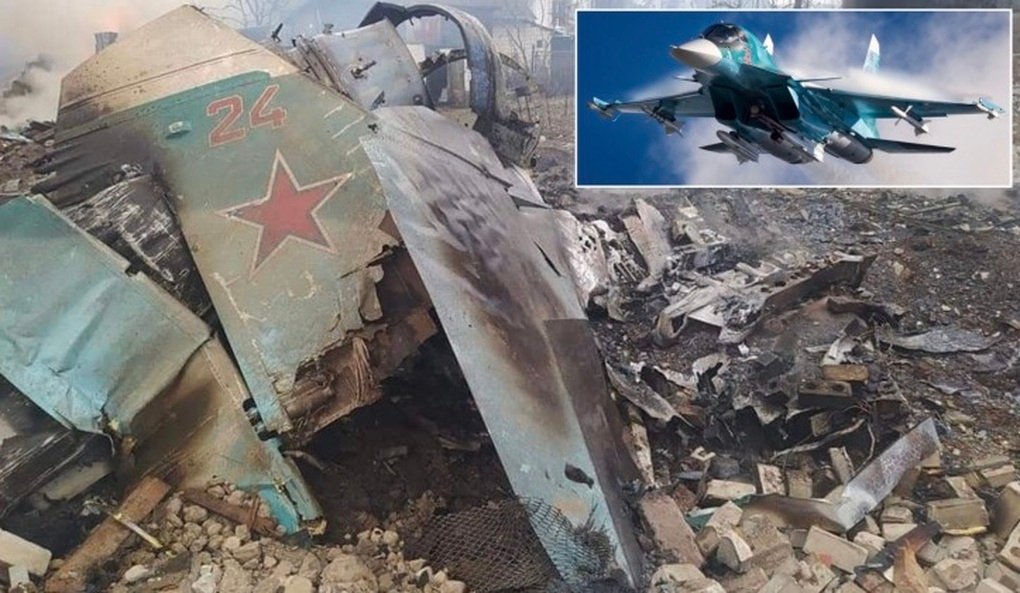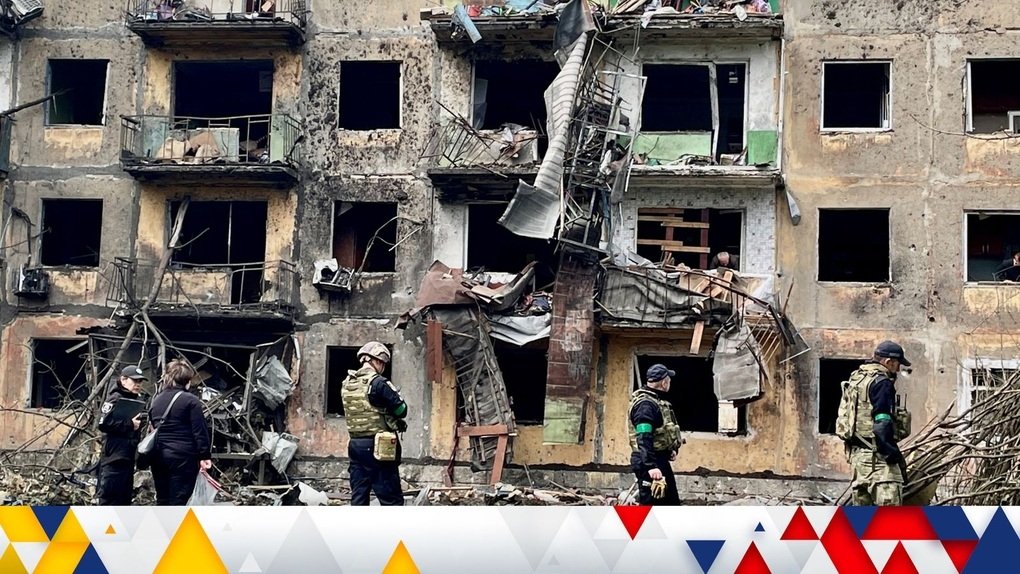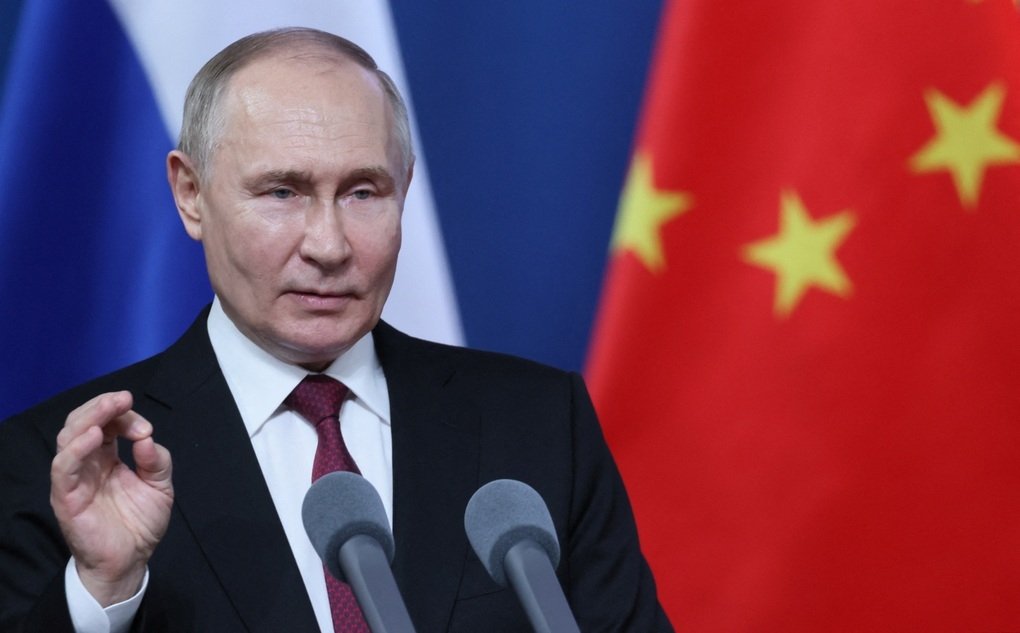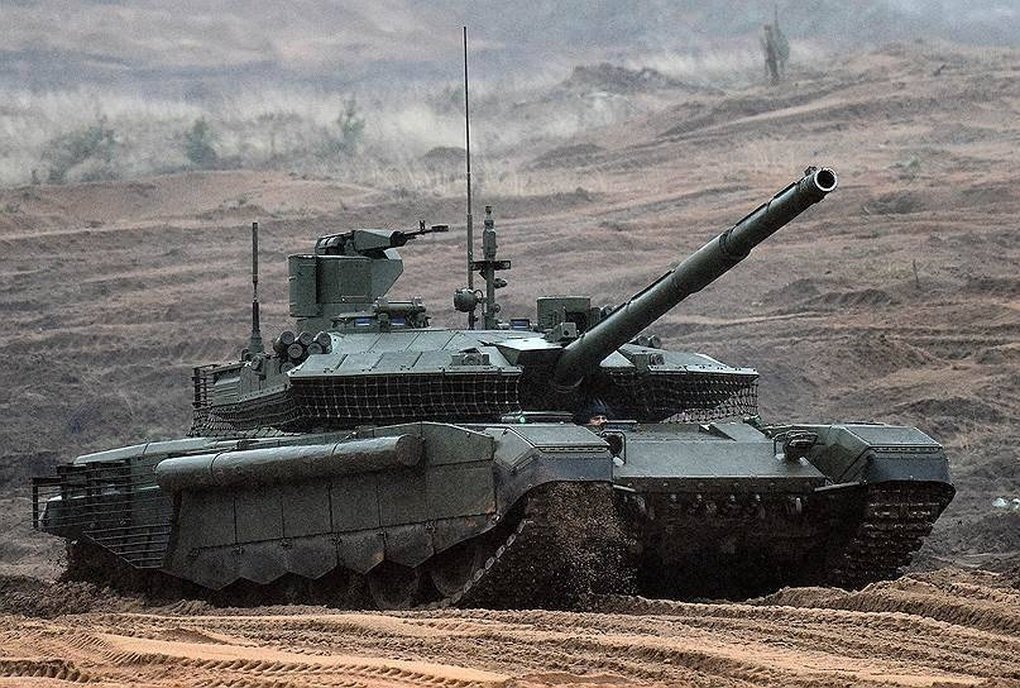(Dan Tri) – The mysterious `X` factor behind the downing of a series of Russian Air Force Su-34 bombers seems to have appeared.
Russian Su-34 multi-role fighter-bomber was shot down by Ukraine (Photo: Military Watch).
That could be the Australian Air Force’s E-7A Wedgetail long-range surveillance aircraft operating in Germany over the past six months.
How does the E-7A help the Ukrainian Army?
The fact that Ukraine’s air defense forces have repeatedly announced that they shot down Russian Su-34 fighter-bombers cannot be separated from the support of Western early warning aircraft.
Recently, an E-7A Wedgetail early warning aircraft of the Australian Air Force is expected to return home, after being deployed in Europe for 6 months.
Military experts say that Australia’s E-7A played a key role in helping Ukraine shoot down many Russian Air Force military aircraft.
The E-7A uses a fixed multi-purpose electronically scanned array (MESA) radar, which provides flexibility and faster response than mechanical rotating dish radars.
On April 2, the Australian Ministry of Defense announced the withdrawal of E-7A aircraft to the country.
The mission of the E-7A Wedgetail squadron is to provide essential surveillance, ensuring the delivery and distribution of both military and humanitarian aid throughout Eastern Europe.
According to the Australian Department of Defense, during the deployment, the E-7A Wedgetail squadron accumulated more than 250 flight hours, with individual missions averaging about 5 hours in the sky.
Australian personnel are based at Ramstein Air Base in Germany to support the mission.
`This deployment is a strong demonstration of Australia’s commitment to maintaining the global rules-based order alongside our partners,` he added.
Air Force Chief of Staff Robert Chipman praised the E-7A Wedgetail’s capabilities as one of the world’s most advanced airborne early warning systems, making it ideal for the mission to support critical gateways.
The withdrawal of the E-7A aircraft marks the end of an important chapter in Australia’s support for Ukraine.
Despite the withdrawal of aircraft, Australian military support will continue with the expanded training component of Operation Kudu.
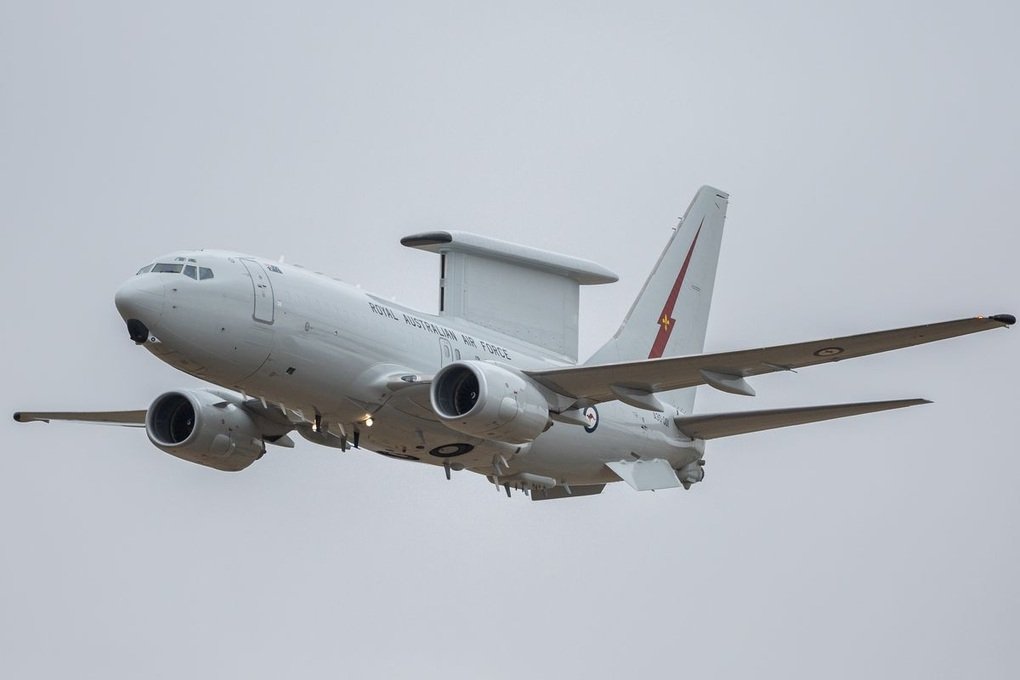
Australian Air Force E-7A Wedgetail long-range surveillance aircraft (Photo: Getty).
The mysterious factor `X`
After being deployed to Europe last year, the Australian Air Force’s E-7A Wedgetail attracted widespread attention from experts, who speculated that it could contribute to supporting the armed forces.
Speculation mainly focuses on allegations related to the shooting down of three Su-34 fighter-bombers of the Russian tactical air force because opponents may lack experience in dealing with E-7A aircraft, so this assumption is made.
It is worth noting that airborne early warning and control (AWACS) aircraft played a prominent role in helping Ukraine attack Russian positions, a point frequently made by Russian officials and many media agencies.
Intelligence capabilities and surveillance support provided by Western nations have played a key role in Ukraine’s victory over Russia’s Black Sea fleet over the past two years.
While there is a lack of solid evidence pointing to its direct role, the plane has played an important role in maintaining a steady flow of international aid to Ukraine.
Australian E-7A Wedgetail aircraft operate out of Russian, Belarusian and Ukrainian airspace, conducting surveillance of other air corridors, especially those coming from Poland, to provide early warning of possible threats.
The E-7A aircraft is built based on the Boeing 737-700 airframe and is equipped with long-range surveillance radar, which can simultaneously track air and sea targets.
Lieutenant General Bilton emphasized that the deployment of E-7A aircraft filled a gap in capabilities that NATO could not address at the time.
Wedgetail’s crew consisted mainly of personnel from 2 Squadron, based at Newcastle.
Currently, the US has given no indication that it will extend the deployment of the E-7A beyond the April deadline. Therefore, the mission that Australia once undertook will end and may leave a gap in capabilities.






